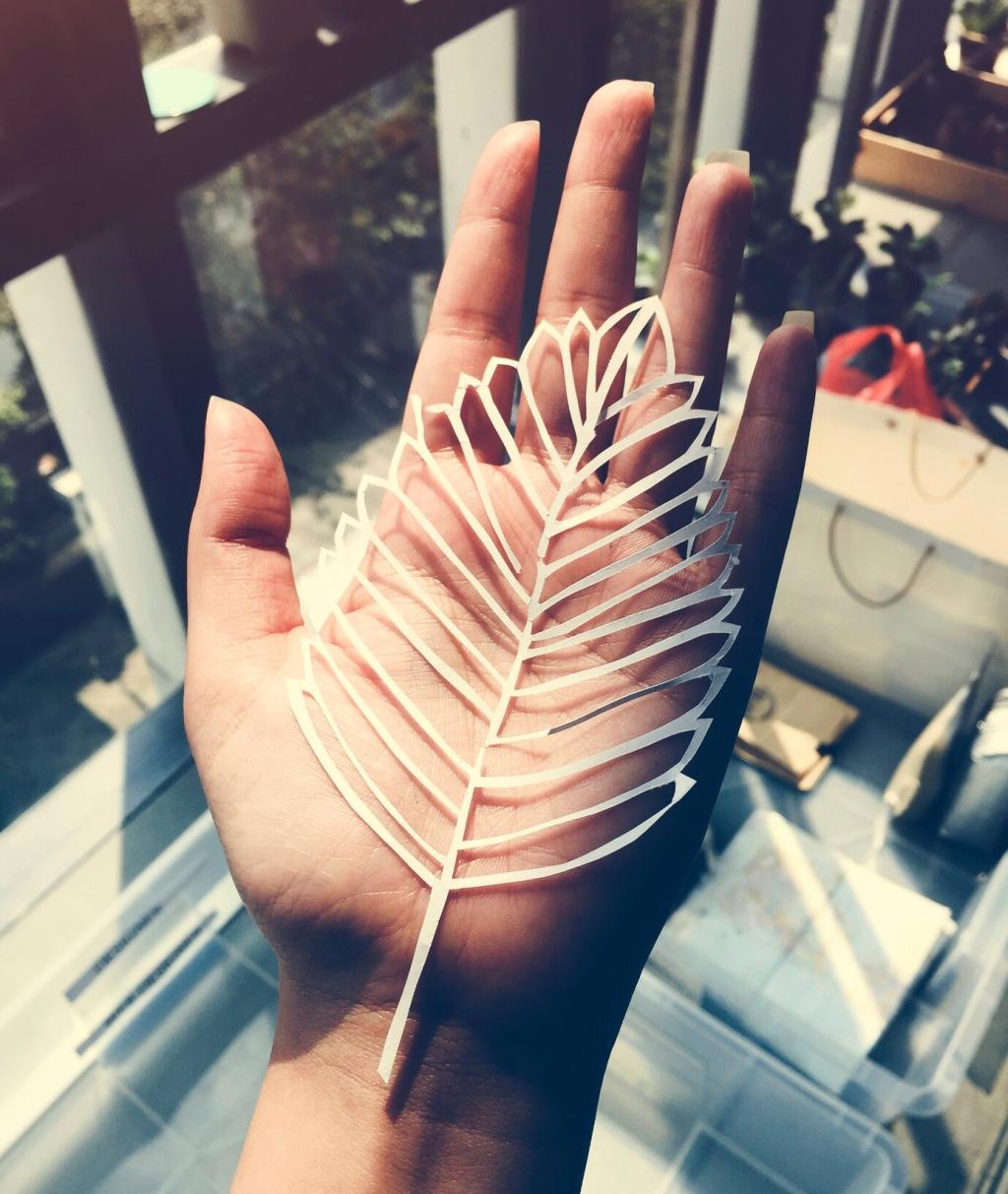Start Beneath Your Feet: Soil-Centered Sustainability
Compost adds stable organic matter, introduces helpful microbes, and balances nutrients without harsh chemicals. A reader named Maya transformed hard clay by top-dressing each fall; two seasons later, her shovel finally slid in like butter.
Start Beneath Your Feet: Soil-Centered Sustainability
A two- to three-inch layer of arborist chips or shredded leaves slows evaporation, buffers temperature swings, and feeds soil life as it breaks down. Try a mulch ring under shrubs and track how rarely you need to water.





